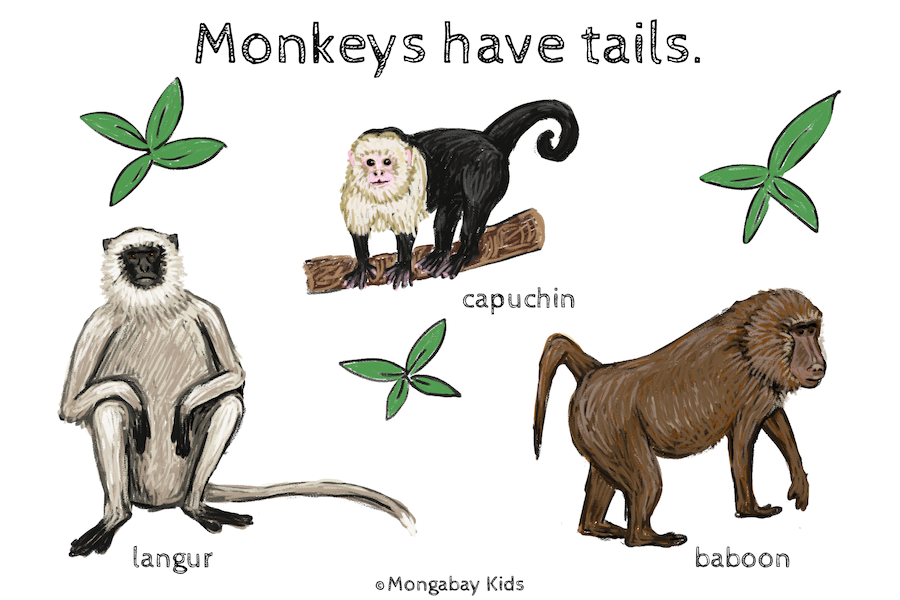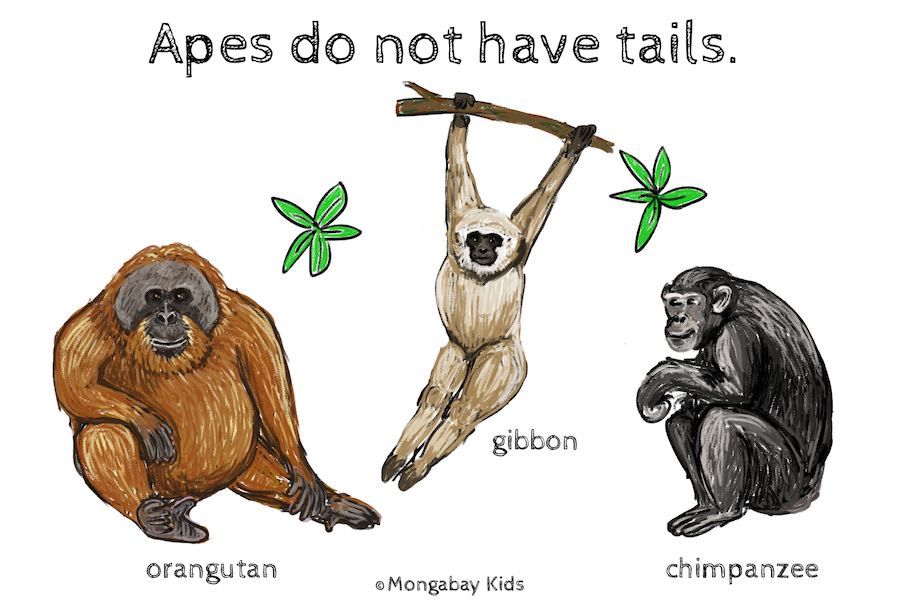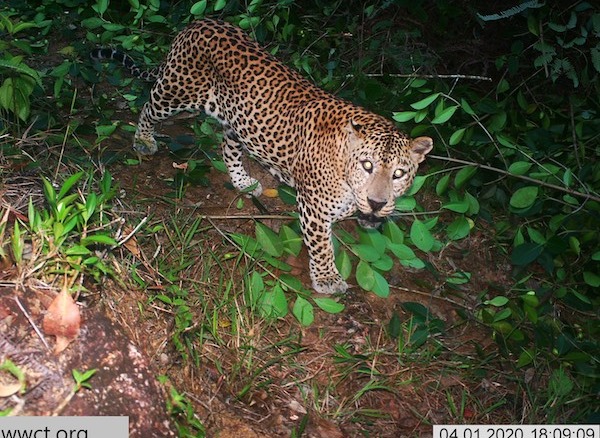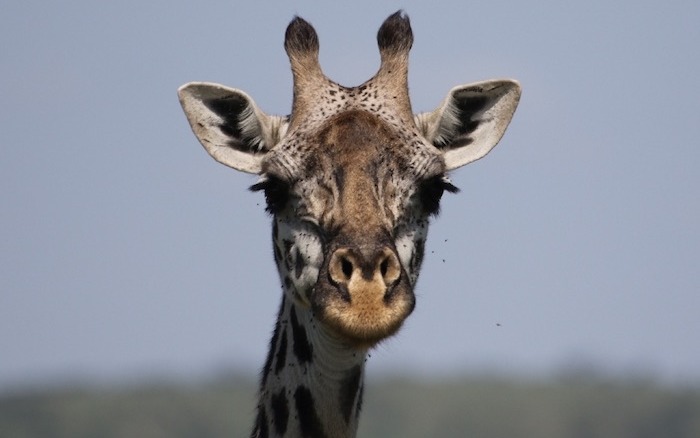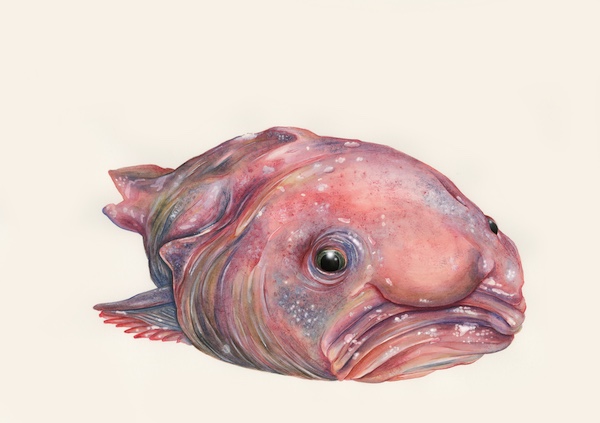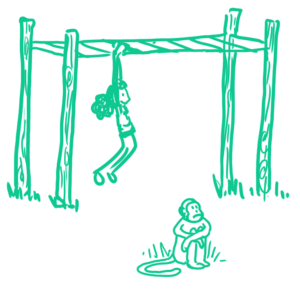
Did you know that monkeys can’t actually use monkey bars?
Apes can though! To learn more about apes, let’s visit with Professor John Mitani.
Meet
John Mitani
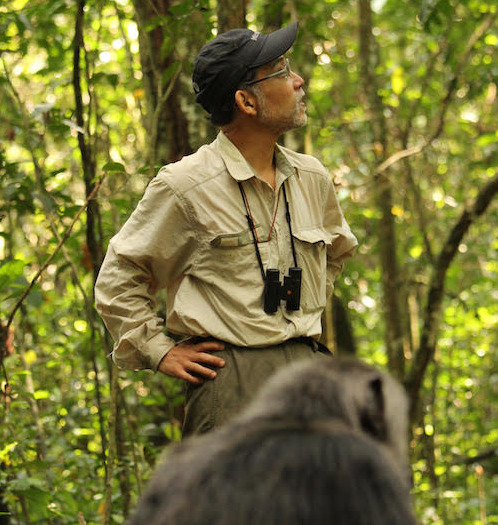
Photo © John Mitani
Professor John Mitani has spent decades studying all kinds of apes in the wild. He studied chimpanzees, bonobos, and gorillas in Africa, and orangutans and gibbons in Asia. How did he become interested in apes? What has he discovered about them?
Read our interview with him to learn the answers!
What is the question that you are trying to answer with your research?
John: I have spent over 40 years conducting fieldwork investigating the behavior of apes. I study these animals because they are humankind’s closest living relatives. I do so to try to understand what makes them similar and different from us, humans.
Why do you think this research is interesting or important?
John: Most people wonder about who we are. What makes humans unique? How have we come to be this way? Because the apes are our closest living relatives, they provide insights into our place in nature and answers to these questions.
How are you trying to answer your research questions?
John: Throughout my career, I have traveled to different parts of Africa and Asia to study the apes. When I get to these places, I spend long hours watching them, taking careful notes about who’s who and who does what with whom. Trying to understand their behavior takes time because all of these animals grow up slowly and live a very long time.
Meet some chimpanzees!
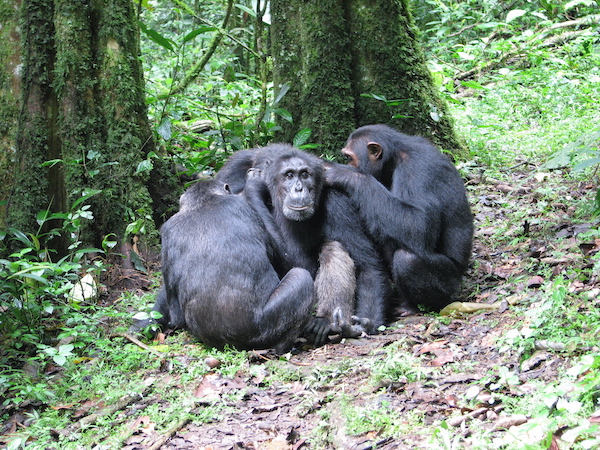
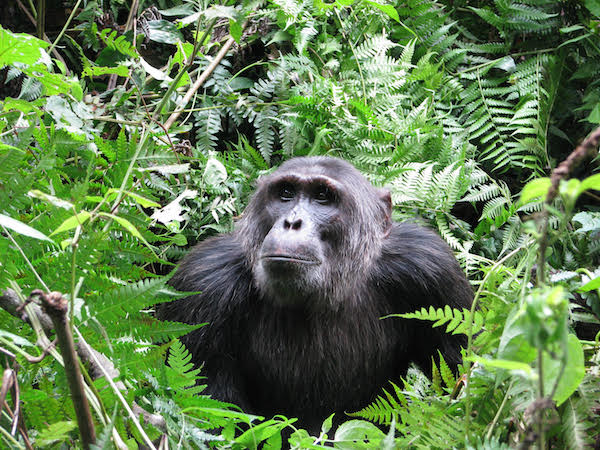

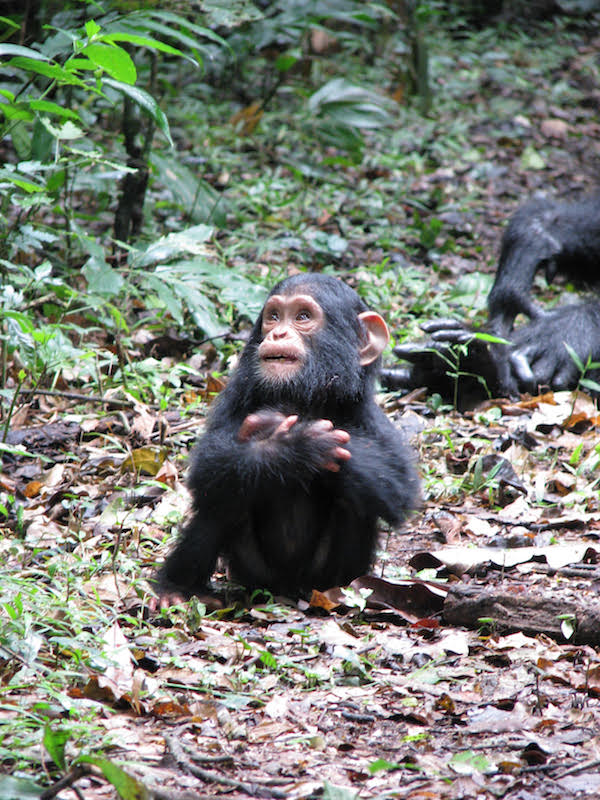
Kibale National Park in Uganda
Kibale is an important chimpanzee field research site.
How do you hope your research will help people better understand and conserve the apes you study?
John: An African conservationist once wrote, “We will conserve only what we love, we will love only what we understand, and we will understand only what we are taught.”
My hope is that some of what I have learned will help people gain a better understanding and appreciation for the animals I study. And my other hope is that people will take this new-found knowledge and work hard to conserve the apes, all of whom are endangered in the wild.
What do you want people to know about apes that they may not know already?
John: Most people are familiar with primates, which include monkeys, apes, and humans. But most people are unaware of the extraordinarily close relationship we share with the apes. Because of this close relationship, we are much more similar to apes than we are to monkeys. This includes aspects of anatomy, genetics, and even behavior.
For example, you are likely to have swung on “monkey bars” in the playground. But most people don’t know that monkeys can’t swing on those bars. They are unable to do so because they don’t have the anatomy that will permit them to swing.
Only apes and little kids can swing on monkey bars. So they should be called “ape bars” or “little kid bars” instead!
How did you become interested in apes?
John: I first saw apes at a zoo. Because they are so similar to us, it wasn’t hard to become instantly enamored of them early on when I was a young student.
What advice do you have for young people who are interested in studying the kinds of questions that you work on?
John: I think the best advice I can give is simply follow your passion and work hard on doing whatever you choose to do. If you do that, you are likely to succeed and live a long and happy life like me.
Did you know that apes don’t have tails?
